Do you have a hard time keeping your wood floors looking new? Are they starting to cup and buckle? There is no need to panic; there are things you can do to fix the problem and get your floors back to their former glory.
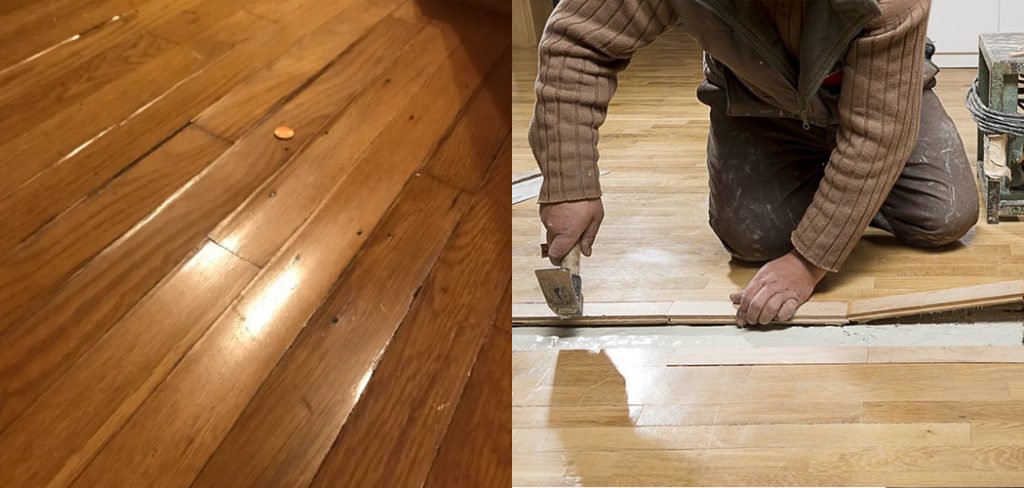
In this blog post, we will discuss what causes wood floors to cup and buckle and some simple solutions that should take care of the issue. So read on for helpful tips on how to fix cupping wood floor!
What Is a Cupping Wood Floor?
A cupping wood floor is made of planks of wood that are glued or fastened together, then sanded down and finished with a top coat. The boards can expand and contract due to changes in temperature or humidity, which can cause the floor to cup.
The expansion of the boards puts pressure on the glue, causing it to break down and the boards to separate. As the boards start pulling away from each other, the cup curls at the edges. This can create gaps between the boards and, ultimately, damage the floor.
Wood floors that are not properly sealed or unfinished are susceptible to cupping. This is more likely to occur in areas of high humidity, such as bathrooms and kitchens. If you have a cupping wood floor, it is important to have it fixed as soon as possible to avoid further damage.
Causes of Hardwood Floor Cupping
There are a few different things that can cause hardwood floors to cup. One is if the boards were installed too closely when the floor was originally laid down. This prevents the boards from expanding and contracting with humidity changes, causing them to buckle.
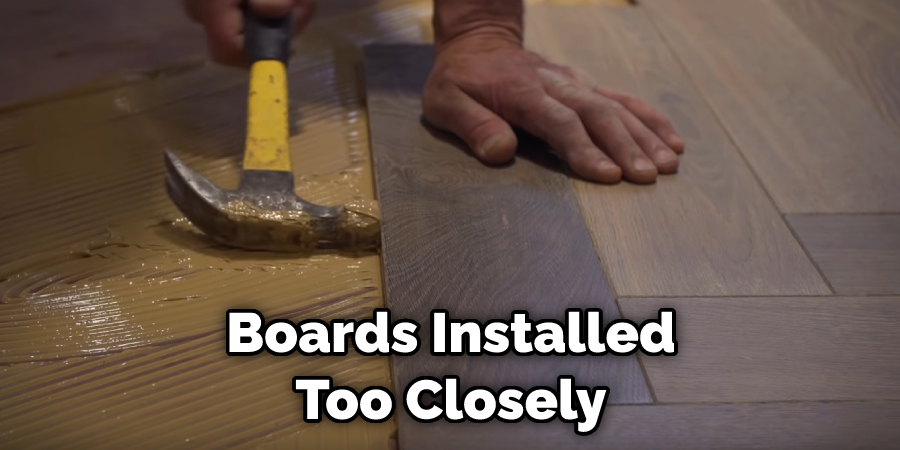
Another possible cause is if the subfloor is not level. This can cause one side of the board to be higher, putting extra stress on that side and causing it to warp. Finally, if the room experiences drastic changes in temperature or humidity, it can also lead to cupping.
If you suspect that your hardwood floors are cupping, it’s important to have a professional inspect them so they can determine the root cause and make any necessary repairs.
Why It’s Important to Fix Cupping Wood Floor?
Wood floors are a beautiful addition to any home and can last for many years with proper care. However, even the best-maintained floors will eventually show signs of wear. One of the most common problems is cupping, which occurs when the edges of the boards start to curl up. While this may not seem like a big deal at first, it can eventually lead to serious damage.
Not only does cupping make the floor more difficult to clean, but it also creates a trip hazard. In addition, cupped boards are more likely to warp or break, requiring expensive repairs. Luckily, cupping is usually easy to fix.
By sanding down the affected boards and applying a new coat of finish, you can restore your floor to its original beauty. With a little effort, you can keep your wood floors looking new for many years.
How to Fix Cupping Wood Floor in 5 Easy Steps
Step 1: Assessing the Damaged Flooring
The first step is to closely assess how extensive the damage to your wood flooring is. If the cupping is widespread, you will likely need to replace the entire floor. However, if the cupping is limited to a few boards or a small area, you may get away with repairing just those damaged sections.
Step 2: Determining the Cause of the Cupping
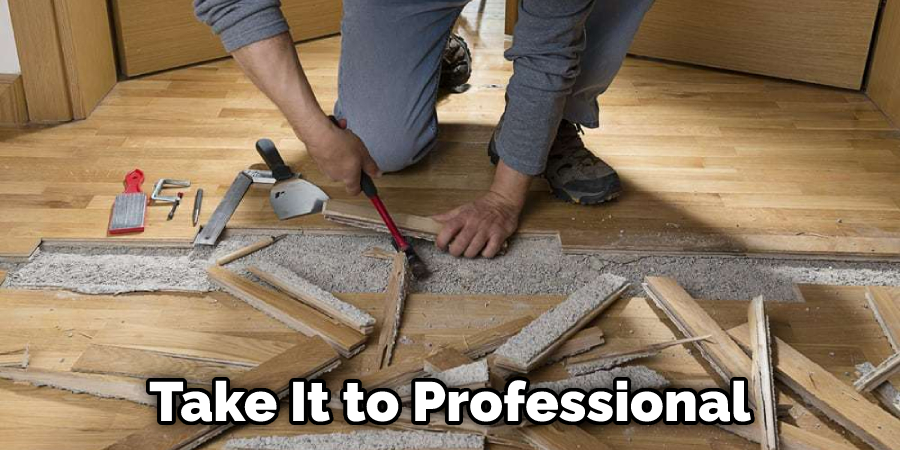
There are a few different reasons why wood floors may start to cup. One common reason is due to high humidity levels. When the air is too moist, it can cause the boards to swell and buckle, which will eventually lead to cupping. Another possible reason for cupping is spills or leaks that have gone undetected. Finally, if the water sits on the boards too long, it will also cause them to swell and cup.
If you’re not sure what’s causing your wood floors to cup, it’s best to consult with a professional. They can assess the situation and determine the best course of action.
Step 3: Addressing the Problem
Once you’ve determined the cause of the cupping, you can start to address the problem. If the cupping is due to high humidity levels, you’ll need to take steps to reduce the moisture in your home. This may involve using a dehumidifier, running a fan, or opening windows on dry days. If the cupping is due to spills or leaks, you’ll need to clean and dry the affected area as soon as possible. You may also need to replace any damaged boards.
Step 4: Preventing Future Problems
Once you’ve fixed the cupping problem, you’ll want to take steps to prevent it from happening again. If high humidity levels are the cause, you’ll need to monitor the moisture levels in your home and take action when they get too high. You may also want to consider using a humidifier during dry months. If spills or leaks are the problems, you’ll need to be more careful in the future. Make sure to clean up any spills immediately and have any leaks fixed as soon as possible.
Step 5: Call a Professional
If the cupping is widespread or you’re not sure how to fix the problem, it’s best to call a professional. They can assess the situation and determine the best course of action. They may also be able to provide advice on how to prevent future problems.
That’s it! You’ve now learned how to fix cupping wood floors. If you have any questions or concerns, be sure to consult with a professional. They will be able to help you get your floors back to normal in no time.
You Can Check It Out To Fix Hollow Spots in Hardwood Floors
What Are the Signs of A Cupped Wood Floor?
One sign that your wood floors may be cupping is if you notice them becoming warped or bowed. This is caused by the wood absorbing more moisture from one side than the other, causing it to expand on that side and contract on the other. This can happen due to a leaky pipe, window, or even high humidity levels in your home.
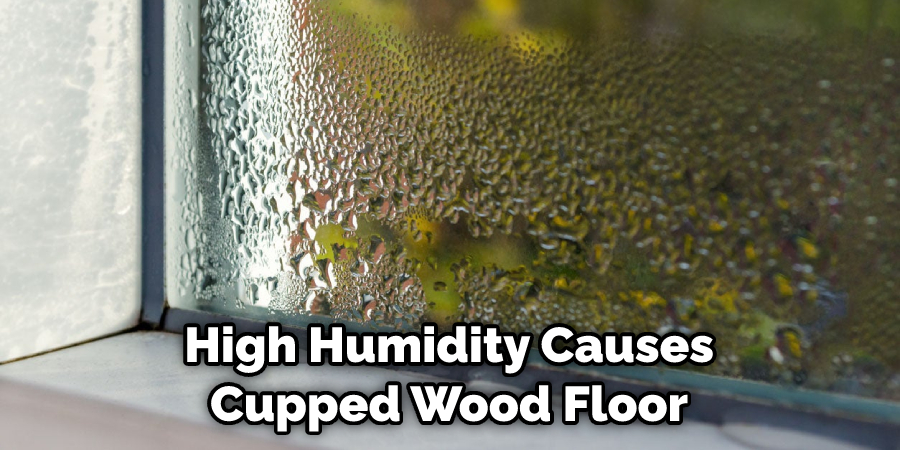
Another sign of cupped floors is if you notice cracks forming along the boards. As the wood expands and contracts, it stresses the joints, which can cause them to break. If you see any of these signs, it’s important to have a professional take a look as soon as possible to assess the damage and determine the best course of action.
Left untreated, cupped floors can become irreparably damaged and need to be replaced.
How to Prevent and Fix Cupping Wood Floors
Wood floors are a beautiful addition to any home, but they can be susceptible to cupping, especially if they’re not properly cared for. Cupping occurs when the boards of a wood floor expand and curve upwards at the edges, creating a concave shape. This can happen for several reasons, including excessive moisture or heat exposure.
Fortunately, you can do a few things to prevent cupping and fix it if it does occur. First, ensure your floors are properly sealed to protect them from moisture. In addition, avoid placing rugs or furniture on the edges of the floor, as this can prevent the boards from expanding evenly.
If cupping does occur, sanding down the affected area can often fix the problem. However, if the damage is severe, it may be necessary to replace the affected boards entirely. Taking these precautions will help keep your wood floors looking their best for years to come.
How Can You Tell if Your Wood Floor Cupping
Wood floors are a classic choice for many homeowners and a good reason. Wood is an incredibly durable material that can last for decades with proper care. However, even the best-maintained wood floors can suffer from cupping. This occurs when the floorboards start to warp, causing them to cup inward.
There are several signs that you can look for to determine if your wood floor is cupping. The first is uneven gaps between the boards. If you see that some boards are spaced further apart than others, it may be a sign of cupping. Another telltale sign is water spots. If you notice that your wood floor is starting to form water spots, it’s a good indication that the boards are warped and no longer lying flat.
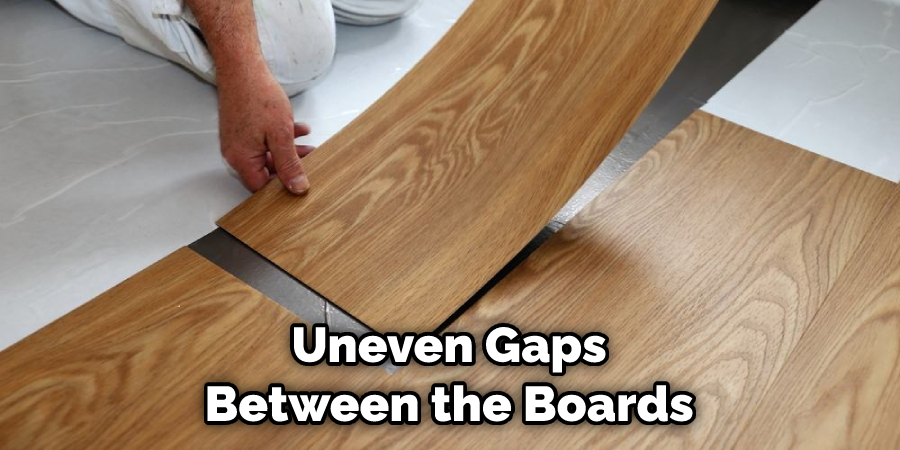
If your wood floor is cupping, it means the boards are curving up at the edges. This is a problem because it can make the floor weaker and more likely to break. If you think your floor is cupping, you should have a professional inspect it as soon as possible. If the problem is caught early, it can often be fixed. But if it’s not fixed, it will only get worse.
The Best Way to Protect Your Wood Floors from Cupping in The Future
If you have wood floors, chances are you want to keep them looking good for as long as possible. One of the most common problems that can occur is cupping, which is when the floors start to warp and form indentations. There are a few different things that can cause cuppings, such as changes in humidity or temperature, leaks, or even sunlight.
Fortunately, you can do a few things to protect your wood floors from cupping in the future. First, ensure you regularly clean and vacuum your floors to remove any dirt or debris that could be causing the problem. You should also try to keep the temperature and humidity levels in your home consistent, minimizing any drastic changes.
Finally, if you notice any cupping starting to form, you can use a humidifier to help correct the problem. Following these simple tips can help keep your wood floors looking great for years to come.
You Can Check It Out To Fix Termite Damaged Wood Floors
Will Cupped Hardwood Floors Flatten Out Over Time?
If your wood floors are cupped, you’re probably wondering if they’ll flatten out over time. Unfortunately, the answer is often no. Once wood flooring has become cupped, it isn’t easy to repair. This is because cupping occurs when the boards of your floor expand and contract at different rates.
This usually happens due to changes in humidity levels, but leaks or other moisture problems can also cause it. As a result, the boards become warped and no longer lie flat against the subfloor. While you may be able to temporarily fix the problem by sanding down the floor and re-laying the boards, this is only a temporary solution.
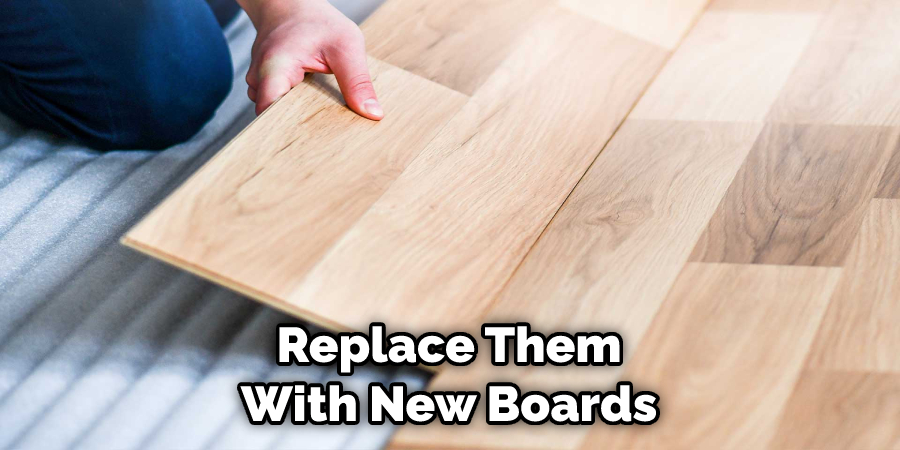
Eventually, the problem will likely come back. If your floors are cupped, your best bet is to replace them with new boards. While this may be expensive, it’s often the only way to restore your floors to their original condition.
You Can Check It Out To Fix a Sagging Rv Floor
Frequently Asked Question
Can You Sand Cupped Wood?
Yes, you can. Cup wood floors can be fixed by sanding them down. First, use a straight edge to find the high and low spots on the floor. Next, use a belt sander for sanding the floor until it is level. Finally, use a wood finish to seal the floor and protect it from future damage.
Will Cupped Floors Flatten Out?
Cupped floors are unsightly and can be a tripping hazard, but they usually don’t cause serious damage. In most cases, cupped floors will eventually flatten out on their own. However, if the cupping is severe or you want to speed up the process, you can use a floor leveler to help correct the problem.
Why Is My Hardwood Floor Raising Up?
Cupping of a wood floor can be caused by several things, but the most common is high humidity levels. When the humidity in the air is high, the wood floor will absorb more moisture, which will cause it to swell. As the humidity level decreases, the floor will lose moisture and shrink, which can cause the boards to cup.
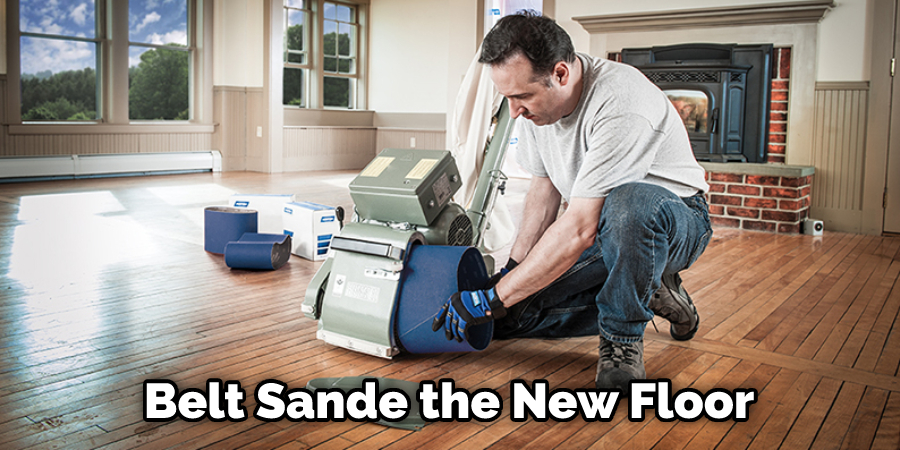
Conclusion
While cupping is not a permanent issue, it can be unsightly and should be fixed as soon as possible. By following the steps we’ve outlined in this blog post, you can fix your cupped wood floor and restore its beauty for years to come. Thanks for reading our post about how to fix cupping wood floor. Have you tried any of these methods? Let us know in the comments below!
You May Also Read: How to Fix Magic Eraser Marks on Wood Floor
